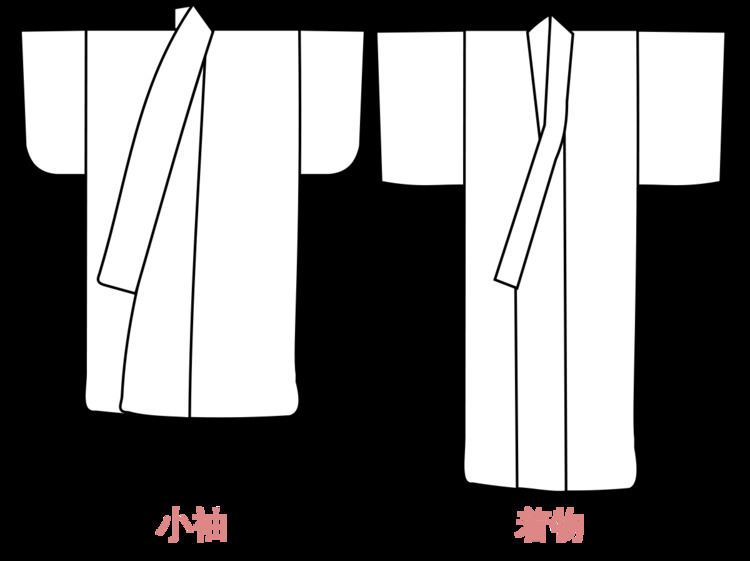 | ||
The kosode (小袖) is a basic Japanese robe for both men and women. It is worn as both an undergarment and overgarment. The literal meaning of the term kosode is "small sleeve," which refers to the sleeve opening.
Kosode are T-shaped, have a looser fit than the Kimono and come in varying lengths. Kosode are worn with an obi (sash), that is considerably smaller than that of the modern Kimono. Often worn with hakama (pleated, divided skirt) for men or naga-bakama (very long hakama) for women, as in the case of the Miko.
Kosode evolved at some point in the late 14th century and replaced the many layered, unlined hirosodes. Over time kosode gradually developed into a wide variety of styles, with patterns and fabrics.
Parts of a Kosode
References
Kosode Wikipedia(Text) CC BY-SA
